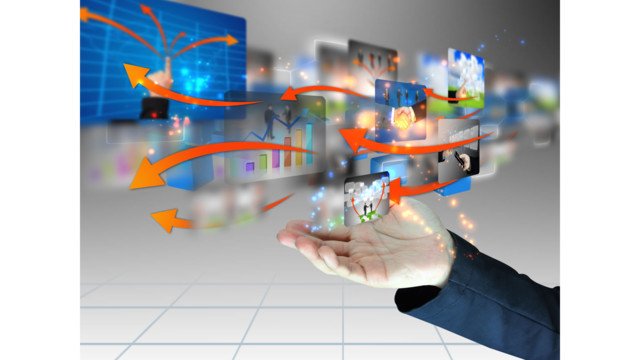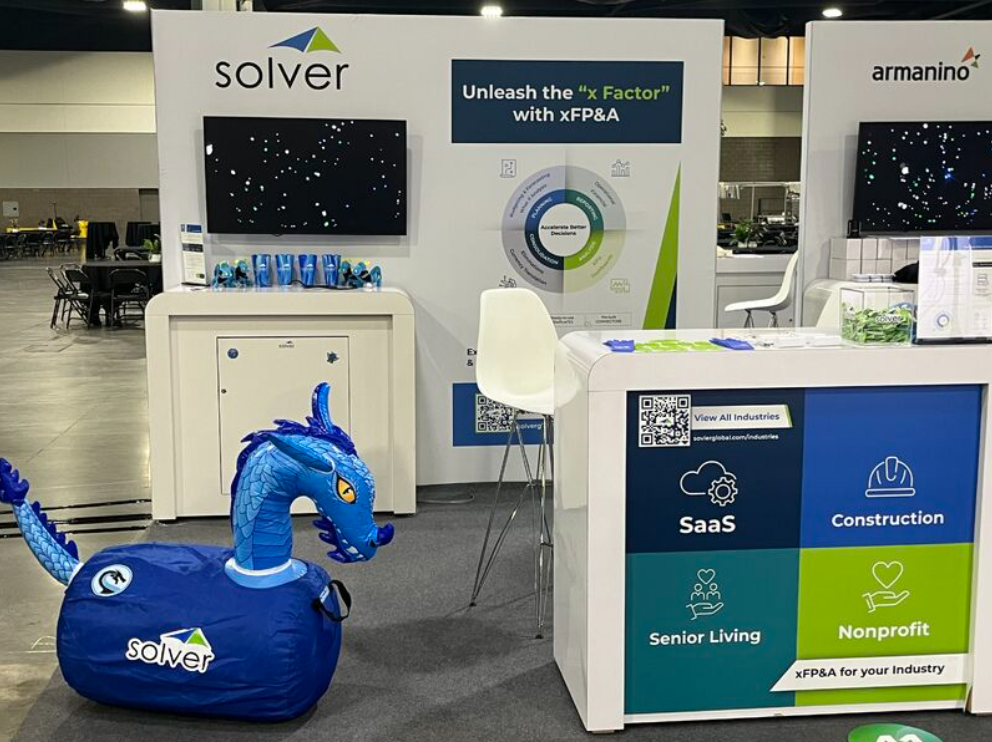While consumer-facing applications of machine learning have gotten a lot of attention (Netflix, Uber, and Amazon), the back office deserves some recognition. Enterprise-level systems that run the business—think finance, robo-advisors, accounting, operations, human resources, and procurement—tend to be large, complex, and process-centric. But, they also use and produce large amounts of both structured and unstructured data that can be handled in new ways to save time and money.
Machine learning combined with solution-specific software can dramatically improve the speed, accuracy, and effectiveness of back-office operations and help organizations reimagine how back-office work gets done.
A current trend among mid and large organizations is to implement Robotic Process Automation (RPA) in the back office to minimize manual tasks and achieve efficiencies. While there are specific use cases that make RPA an appropriate technology, there are significant differences with a machine learning approach.
Robotic Process Automation
Robotic Process Automation is software that mimics human actions while AI is built to simulate human intelligence. As an example, an RPA bot can be programmed to receive invoices via email (triggered on a specific subject line), download the invoice and put in a specific folder. An AI activity would be to “read” the invoice and extract the pertinent information like amount, invoice number, supplier name, due date, etc.
One of the more interesting downsides of RPA as outlined by Gartner in the Magic Quadrant Report on RPA Vendors is that RPA automations create long-term technical debt, rather than overcoming it.
As you overlay RPA onto current technology and tasks, you are locking yourself into those technologies instead of updating and evolving.
Organizations must manually track the systems, screens, and fields that each automation touches in each third-party application and update the RPA scripts as those systems change. This is very challenging in a SaaS world in which product updates happen much more regularly than on-prem.
As such, the shift toward AI, and specifically ML, is to improve process, not just speed. Here are five specific applications of ML that can be used to improve back-office operations:
Account Reconciliation (Finance)
Account reconciliations are painful and error-prone. They are also critical to every business to ensure the proper controls are in place to close the books accurately and on-time. Many companies do this manually (which really means using Excel, macros, pivot tables, and Visual Basic) or have invested in RPA, which doesn’t get you very far, or in a Boolean rules-based system, which is expensive to set up and not super accurate.
An ML approach is ideal for account reconciliations, specifically matching reconciliations, because you have ground-truth data—previous successful matched transactions and consistent fields in subsequent reconciliations. The challenge has been that for large and complex data sets, the combinatorial problem of matching is really hard. Companies like Sigma IQ have focused on this problem and solved it with a combination of machine learning and point-solution software as a hosted platform.
Invoice Processing/Accounts Payable (Accounting)
We introduced invoice processing earlier in this article as a use case for ML in the back office as a way to understand the differences between RPA and ML. The reality is that every business deals with invoices at some level, and as natural language processing (NLP) and ML advance, these improvements will roll down from the enterprise level to small businesses.
Aberdeen Group indicates that well-implemented accounts payable systems can reduce time and costs by 75 percent, decrease error rates by 85 percent, and improve process efficiency by 300 percent, so it makes sense to pursue, right?
Companies like AODocs are extending their NLP and ML capabilities to take some of the pain out of invoice management by automatically capturing information from invoices and triggering the appropriate workflow. These types of solutions can greatly reduce or eliminate manual data entry, increase accuracy, and match invoice to purchase order.
Employee Attrition Detection (HR)
There are many applications of AI in the HR function, including applicant tracking and recruiting (resume scanning and skills analysis), attracting talent before hiring, individual skills management/performance development (primarily via regular assessment analysis), and enterprise resource management.
One interesting use case from an ML−NLP perspective is employee attrition. Hiring is expensive, and retaining employees and keeping them happy is imperative to sustainable growth. Identifying attrition risk requires source data—like a consistently applied employee survey that uses unstructured data analysis for the open field comments. Overlaying this data with factors such as tenure, time since last pay raise/promotion, sick days used, scores on performance reviews, skill set competitiveness with market, and generally available employment market data can help assess probability of satisfaction.
Machinery Repair and Upkeep (Operations)
The influx of sensors into all types of equipment including trucks, oil rigs, assembly lines, and trains means an explosion of data on usage, wear, and tear of such equipment. Pairing this data with historical records on when certain types of equipment need certain preemptive maintenance means expensive machinery can be scheduled for downtime and repair not just based on number of hours used or number of miles driven, but what actual usage is.
Predix is a General Electric company that powers industrial apps to process the historic performance data of equipment. Its sensors and signals can be used to discern a variety of operational outcomes such as when machinery might fail so that you can plan for—or even prevent—major malfunctions and downtime.
Stock in Transit (Procurement)
For companies that spend a lot of money on hard goods that need to be moved for either input into manufacturing or delivery to a retail shelf, stock in transit is a major source of opportunity for applying ML models to predict when goods will arrive at a destination.
Item tracking has improved dramatically with sensors, but it is only a point-in-time solution that doesn’t predict when the goods will arrive or when they should arrive. Weather, traffic, type of transport, risk probabilities, and historical performance are all part of the data that can help operations nail the flow of goods for optimal process timing.
SAP S/4HANA has an entire module dedicated to making trade-off predictions between different options for stock in transit solutions to meet customer order objectives.
These are just five of the hundreds of use cases ML paired with solution-specific software can be applied in order to improve the way the back office functions. Whether it is cutting down on manual tasks, improving accuracy, reducing costs, or helping teams change their critical processes wholesale, machine learning can augment nearly every back-office process.
========
Diego Oppenheimer is CEO of Algorithmia, a company that helps developers build intelligent applications by providing a common API for algorithms, functions and models that are accessible and discoverable to anyone.
Thanks for reading CPA Practice Advisor!
Subscribe Already registered? Log In
Need more information? Read the FAQs




